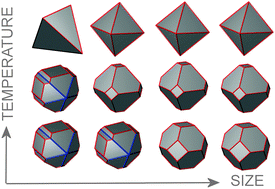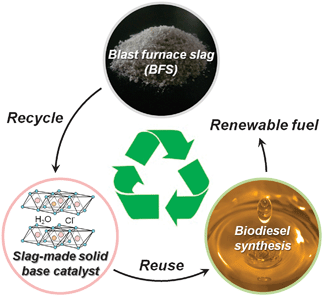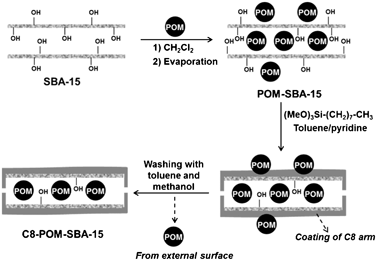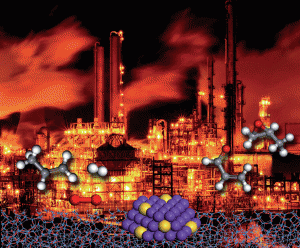 |
Catalysis Science & Technology has published its latest themed issue in the topic of Biocatalysis, guest edited by Professor Nick Turner from the University of Manchester.
As Professor Turner details in his Editorial, biotechnology is becoming increasingly more attractive from an industry perspective as the demand for environmentally sustainable processes rises. |
Here’s a small taster of the articles included. Click here to browse the full issue.
Review: Different strategies to enahnce the activity of lipase catalysts
Marzia Marciello, Marco Filice and Jose M. Palomo
Review: Exploiting duality in nature: industrial examples of enzymatic oxidation and reduction reactions
K. Robins and A. Osorio-Lozada
Communication: Reductive dehalogenation of β-haloacrylic ester derivatives mediated by ene-reductases
Gábor Tasnádi, Christoph K. Winkler, Dorina Clay, Mélanie Hall and Kurt Faber
Paper: Enantiopure 3-methyl-3,4-dihydroisocoumarins and 3-methyl-1,2,3,4-tetrahydroisoquinolines via chemoenzymatic asymmetric transformations
Juan Mangas-Sánchez, Eduardo Busto, Vicente Gotor-Fernández and Vicente Gotor




















